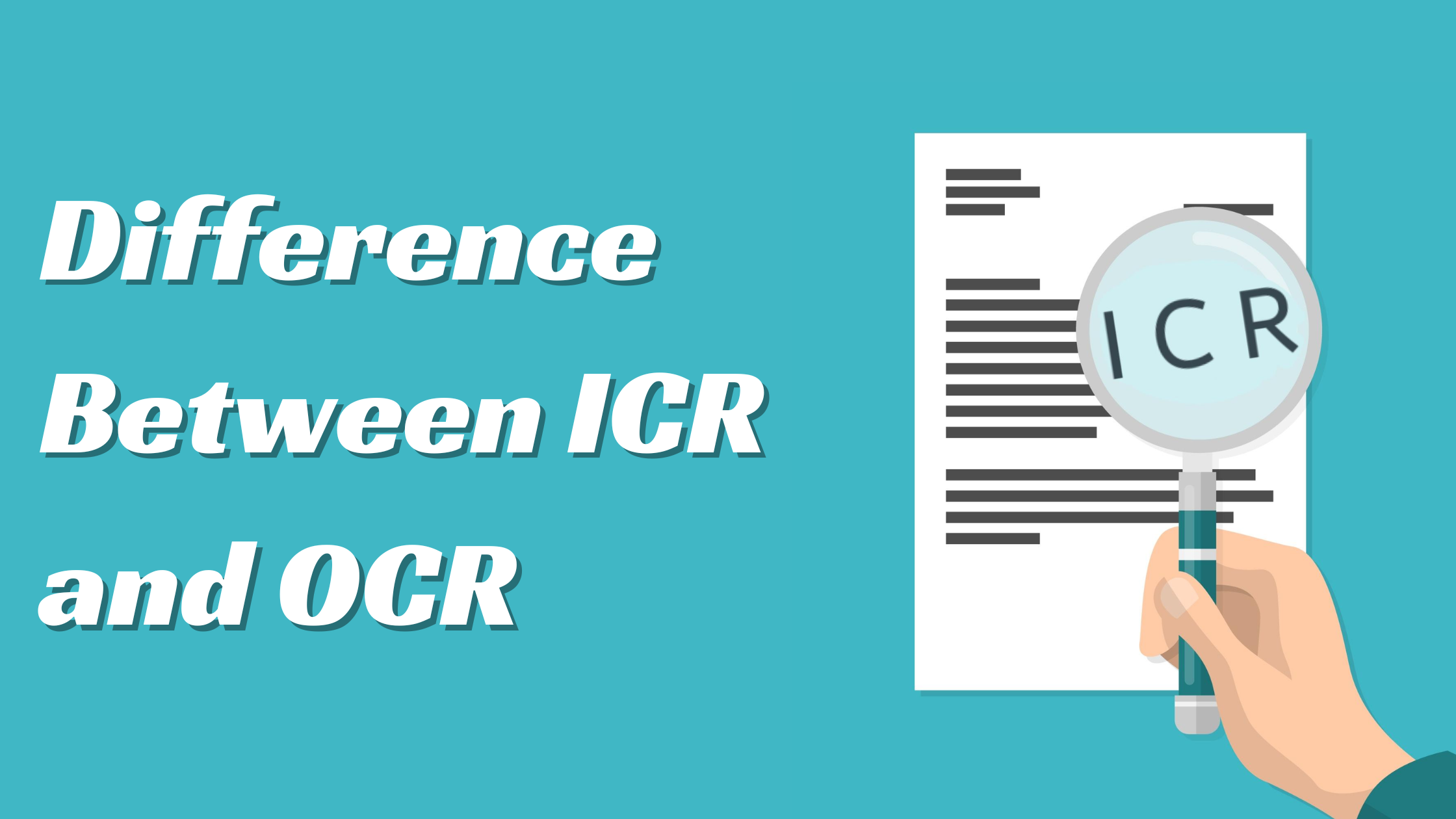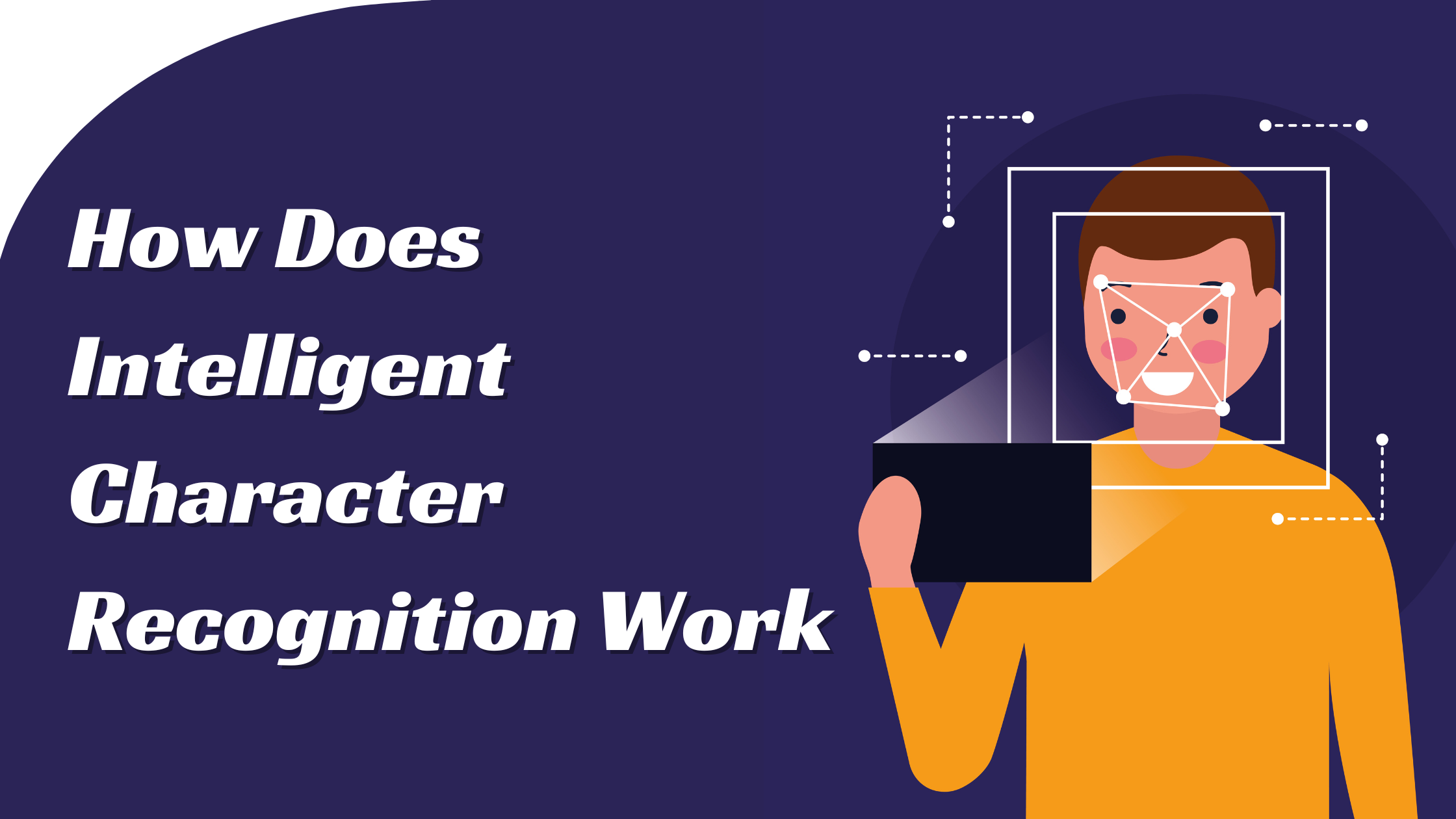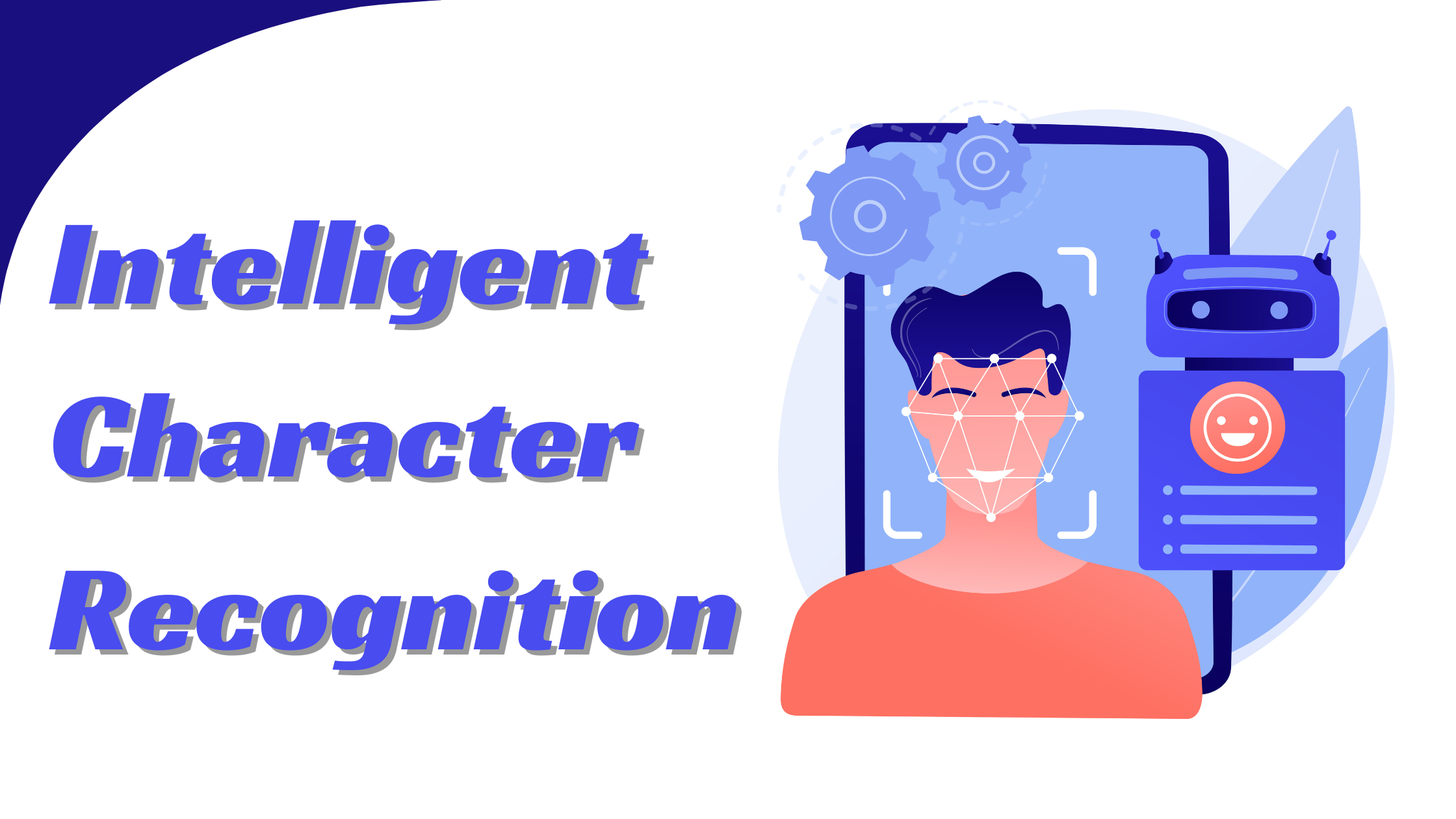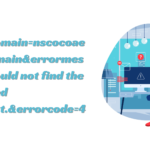Intelligent Character Recognition (ICR): A Deep Dive
- 1 What is Intelligent Character Recognition (ICR)?
- 2 Difference Between ICR and OCR
- 2.1 Scope of Recognition:
- 2.2 Learning Capabilities:
- 2.3 Use Cases:
- 2.4 Accuracy:
- 3 Applications of Intelligent Character Recognition
- 3.1 Banking and Financial Services:
- 3.2 Healthcare:
- 3.3 Government and Public Sector:
- 3.4 Education:
- 3.5 Logistics and Supply Chain:
- 3.6 Legal:
- 3.7 Retail:
- 4 How Does Intelligent Character Recognition Work?
- 4.1 Image Preprocessing:
- 4.2 Segmentation:
- 4.3 Feature Extraction:
- 4.4 Pattern Recognition:
- 4.5 Contextual Analysis:
- 4.6 Post-Processing and Output:
- 5 Advantages and Challenges of ICR
- 5.1 Advantages:
- 5.2 Challenges:
- 6 The Future of Intelligent Character Recognition
In the digital age, the ability to convert physical text into digital formats has revolutionized how we store, retrieve, and manage information. This transformation is mainly due to technologies like Optical Character Recognition (OCR) and its more advanced cousin, Intelligent Character Recognition (ICR). While OCR has been around for decades and is widely used, ICR is gaining traction, especially in environments that require more sophisticated text recognition capabilities.
What is Intelligent Character Recognition (ICR)?
Intelligent Character Recognition (ICR) is an advanced form of OCR technology designed to recognize and digitize handwritten or printed characters. While OCR is limited to recognizing machine-printed text, ICR goes further by learning and improving its recognition capabilities over time through neural networks and machine learning algorithms. This means ICR systems can adapt to different handwriting styles and improve accuracy as they process more data.
Difference Between ICR and OCR

To understand the significance of ICR, it is essential to grasp the fundamental differences between ICR and OCR first.
Scope of Recognition:
OCR: Optical Character Recognition primarily converts typewritten or printed text into digital format. It works well with standard fonts and clean, machine-printed documents. However, OCR struggles with handwritten text or text in unusual fonts.
ICR: Intelligent Character Recognition extends the capabilities of OCR by recognizing and digitizing handwritten characters. It can handle various handwriting styles, making it far more versatile in environments where handwritten forms or documents are shared.
Learning Capabilities:
OCR: OCR systems are generally static and rely on predefined character patterns to recognize text. They do not improve over time and are limited by their initial programming.
ICR: ICR systems incorporate machine learning, allowing them to evolve and improve their accuracy over time. As the system processes more handwritten documents, it becomes better at recognizing different handwriting styles and nuances.
Use Cases:
OCR: OCR is commonly used in applications where the text is standardized, such as scanning books, printed forms, or digitalizing historical documents.
ICR: ICR is ideal for handwritten text that needs to be converted to digital form, such as processing bank cheques, medical forms, or other handwritten data entry tasks.
Accuracy:
OCR: While highly accurate with printed text, OCR’s accuracy diminishes significantly when dealing with handwritten or low-quality images.
ICR: Although not infallible, ICR offers better accuracy in recognizing handwritten text than OCR, thanks to its ability to learn and adapt.
Applications of Intelligent Character Recognition
ICR’s ability to recognize and digitize handwritten text opens up various applications across various industries. Here are some of the most prominent applications of ICR:
Banking and Financial Services:
Cheque Processing: One of the earliest and most common applications of ICR is in the banking industry for processing handwritten cheques. ICR systems can quickly and accurately read handwritten amounts, signatures, and other details, streamlining the cheque-clearing process.
Loan Applications: ICR is also used to process handwritten loan applications, allowing quicker data entry and decision-making.
Healthcare:
Medical Forms: Healthcare providers often deal with vast amounts of handwritten patient information, from medical histories to prescriptions. ICR systems help digitize these records, making storing, retrieving, and analysing patient data easier.
Insurance Claims: Many health insurance claims are still submitted in handwritten form. ICR helps convert these claims into digital format, speeding up the processing time.
Government and Public Sector:
Census Data Collection: During census data collection, a significant amount of data is still recorded by hand. ICR can be used to digitize this data, making it easier to analyze and store.
Tax Forms: Governments often receive handwritten tax forms from individuals. ICR can automate the data entry process, reducing errors and improving efficiency.
Education:
Exam Scoring: In educational institutions, ICR scores on handwritten exams. This technology can quickly and accurately read student responses, streamlining the grading process.
Student Records: Schools and universities often have a mix of handwritten and printed student records. ICR helps convert these records into a digital format, making them easier to manage.
Logistics and Supply Chain:
Inventory Management: ICR can be used to digitize handwritten inventory records, making it easier to track stock levels and manage inventory more efficiently.
Shipping Labels: Handwritten shipping labels can be digitized using ICR, improving the accuracy and speed of package delivery.
Legal:
Contract Management: Legal contracts often contain handwritten annotations and signatures. ICR can help digitize these documents, making searching and managing legal records easier.
Court Records: Handwritten court records can be digitized using ICR, improving accessibility and archiving.
Retail:
Customer Feedback: Retailers often collect handwritten customer feedback. ICR can digitize this feedback, making it easier to analyze and improve customer service.
Order Processing: Handwritten orders, especially in traditional retail setups, can be quickly digitized using ICR, improving order fulfilment accuracy.
How Does Intelligent Character Recognition Work?

ICR systems are complex and rely on several underlying technologies to function effectively. Here’s a breakdown of how ICR works:
Image Preprocessing:
The first step in ICR is to preprocess the image of the handwritten text. This involves several processes, such as noise reduction, normalization, and binarization. Noise reduction removes any unwanted marks or smudges from the image, while normalization adjusts the size and orientation of the text. Binarization converts the image into a binary format, representing the text as black and the background as white.
Segmentation:
After preprocessing, the image is segmented into smaller parts, usually individual characters or words. Segmentation is crucial as it helps the ICR system isolate each character for recognition.
Feature Extraction:
In this step, the system identifies the unique features of each segmented character. Features could include the character’s shape, size, and other distinctive attributes. These features are then used to create a feature vector that represents the character numerically.
Pattern Recognition:
The feature vectors are then compared against a database of known characters using pattern recognition algorithms. The system tries to match the feature vector with the closest known character in the database. In ICR systems, this database is constantly updated and refined through machine learning, allowing the system to improve its accuracy over time.
Contextual Analysis:
Once the characters are recognized, the system performs a contextual analysis to ensure the recognized text makes sense. This involves checking for common errors, such as confusing similar-looking characters, and correcting them based on the surrounding text. For example, if the system recognizes a character that doesn’t fit the word’s context, it may reanalyze it to find a better match.
Post-Processing and Output:
After recognition and contextual analysis, the system performs post-processing to finalize the text. This may include formatting, correcting any remaining errors, and converting the text into a readable digital format, such as Word or PDF. The final output is stored in a database or presented to the user.
Advantages and Challenges of ICR
Like any technology, ICR comes with its set of advantages and challenges.
Advantages:
- Improved Accuracy: ICR offers better accuracy than traditional OCR, especially when dealing with handwritten text.
- Learning Capabilities: The ability to learn and improve over time makes ICR a valuable tool for organizations that deal with large volumes of handwritten documents.
- Versatility: ICR can handle various handwriting styles, making it applicable across different industries.
Challenges:
- Complexity: ICR systems are more complex to develop and implement than OCR systems, requiring advanced algorithms and machine learning models.
- Cost: Due to their complexity, ICR systems can be more expensive to deploy and maintain.
- Accuracy Issues: While ICR is more accurate than OCR, it is not infallible and may still struggle with poor handwriting or unconventional writing styles.
The Future of Intelligent Character Recognition
As technology continues to evolve, so will the capabilities of ICR systems. Integrating artificial intelligence and more advanced machine learning models is expected to improve the accuracy and versatility of ICR further. Additionally, as more industries digitize their processes, the demand for ICR will likely grow, leading to more widespread adoption and further technological advancements.
In conclusion, Intelligent Character Recognition is a powerful tool that bridges the gap between handwritten and digital text. Its ability to learn and adapt makes it a valuable asset in various industries, from banking to healthcare to education. While it faces challenges, the future of ICR looks promising as technology advances, making it an increasingly essential tool in the digital age.

















